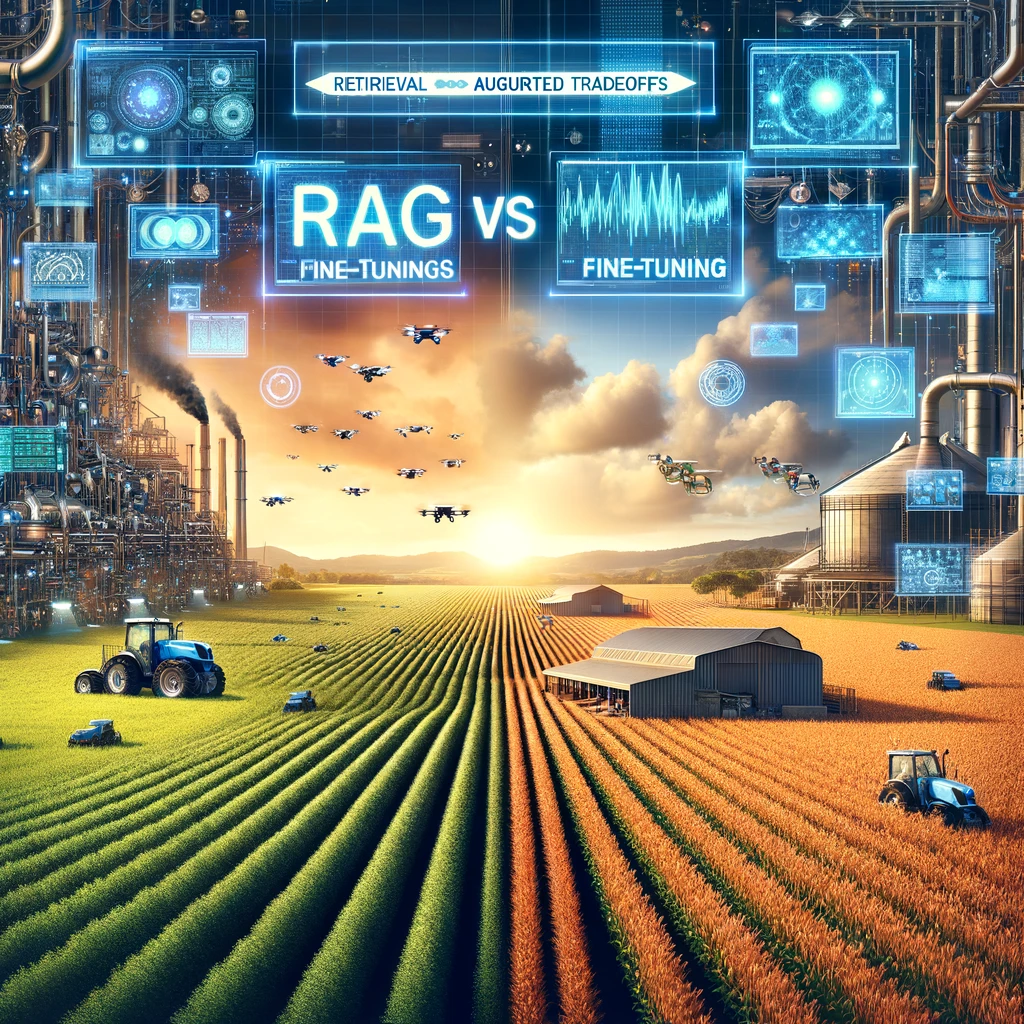Key Points
1. Salting fish before smoking serves the purpose of removing moisture from the fish, preserving it by inhibiting bacteria growth, enhancing its flavor, and preventing spoilage.
2. Factors to consider when focusing on soil health testing in vineyards include consistency with sampling timing, interpretation of lab results, improvement goals, record-keeping, gradual changes, block variability assessment, and fun exploration of soil.
3. Using herbicide-resistant wheat technology to control jointed goatgrass raises concerns about hybridization with wheat, potentially creating herbicide-resistant weeds, overuse of herbicides, and negative environmental impacts.
4. Decision support tools help producers in the Pacific Northwest understand climate change impacts on agricultural operations, especially for dryland farmers in the Inland Pacific Northwest, USA.
5. Large language models like GPT-4 demonstrated excellent performance for industry-specific applications, such as agriculture, through approaches like RAG and fine-tuning for precise, succinct, and efficient content generation.
6. The potential applications and trade-offs of RAG and fine-tuning for large language models in agriculture and other domains were discussed, highlighting benefits and considerations for future investigations.
Summary
Research paper focus
The research paper extensively evaluates large language models (LLMs) such as LlaMa2-13B, GPT-4, and Vicuna in answering agriculture-related questions using benchmark datasets. The paper examines the impact of retrieval techniques and fine-tuning on the performance of LLMs within the agricultural context and explores potential uses of LLMs in different industries.
Proposed pipeline
The paper proposes a pipeline for fine-tuning and retrieval-augmented generation (RAG) and presents tradeoffs for both approaches using LLMs. It involves multiple stages, including extracting information from PDFs, generating questions and answers, using them for fine-tuning, and leveraging GPT-4 for evaluating the results. The researchers conduct an in-depth study on an agricultural dataset and showcase the effectiveness of the dataset generation pipeline in capturing geographic-specific knowledge. They also evaluate the impact of spatial shift on the knowledge encoded by existing LMs and the improvements offered by spatially-scoped fine-tuning. The study highlights the impact of fine-tuning and RAG on the performance of LLMs, providing crucial insights into their potential uses in various contexts.
Limitations and applications
The paper also discusses the limitations and challenges in developing more comprehensive artificial general intelligence (AGI) systems and emphasizes the need to evaluate LLMs in ways that closely resemble human cognitive ability assessments. The researchers emphasize the revolutionary potential of AI copilots across various industries and discuss the limited application of AI in specific fields such as agriculture due to a lack of specialized training data. They propose a comprehensive LLM pipeline to generate high-quality, industry-specific questions and answers, aimed at contributing to the advancement of crucial fields.
Performance evaluation
Additionally, the paper extensively evaluates the performance of LLMs, including LlaMa2-13B, GPT-4, and Vicuna, in answering agriculture-related questions using benchmark datasets. The evaluation includes the complete fine-tuning and RAG pipeline, each with its own set of metrics. The findings from the evaluation provide a crucial baseline understanding of the performance of these models within the agricultural context and demonstrate the impact of spatial shift on the knowledge encoded by existing LMs. The paper also discusses the implications for potential uses of LLMs in different industries, laying the groundwork for the development of more efficient AI models for a variety of applications.
Evaluation focus
The research paper extensively evaluates large language models (LLMs) such as Llama2-13B, GPT-3.5, and GPT-4 in answering agriculture-related questions using benchmark datasets. The impact of retrieval techniques and fine-tuning on the performance of LLMs in the agricultural context and its implications for potential uses in different industries are discussed.
The paper compares the performance of LLMs in generating Q&A pairs using different context setups, including no context, context, and external context, and evaluates the quality of the generated Q&A pairs using various metrics such as Relevance, Global Relevance, Coverage, Overlap, Diversity, Details, and Fluency.
Comparison study
Furthermore, the paper examines the performance of retrieval techniques such as Retrieval-Augmented Generation (RAG) and fine-tuning on the accuracy, succinctness, and comprehensiveness of the generated Q&A pairs. The study shows a comparison between generating questions and answers separately and generating them together, highlighting the efficiency in token usage and the potential for a more tailored approach to Q&A generation.
The research also delves into the impact of fine-tuning on LLMs in learning new knowledge, particularly across diverse geographical regions, and explores the trade-offs between RAG and fine-tuning in terms of efficiency, costs, and suitability for different applications.
In conclusion, the study establishes a baseline for assessing the capabilities of LLMs in agriculture and demonstrates the potential for using RAG and fine-tuning techniques in various LLMs across different industries. The findings provide valuable insights into optimizing LLM performance and highlight the importance of continuously refining our understanding of their capabilities.
Reference: https://arxiv.org/abs/2401.08406
